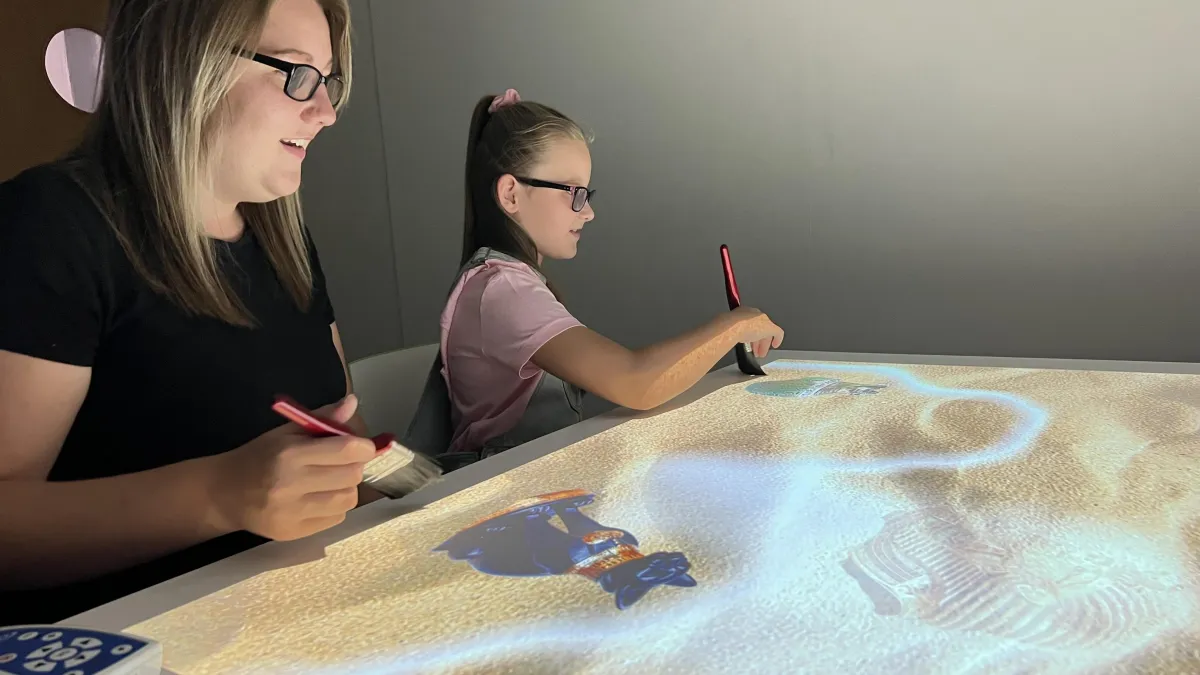Bridging the Gap: Bringing Motivation Back to Rehabilitation
Discover how Bridge by Sphere turns rehabilitation into an engaging, motivating experience with interactive projection. Learn how this technology helps patients participate fully while supporting better outcomes across therapy settings.






